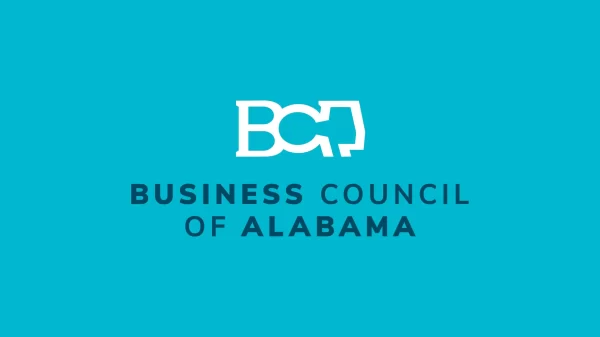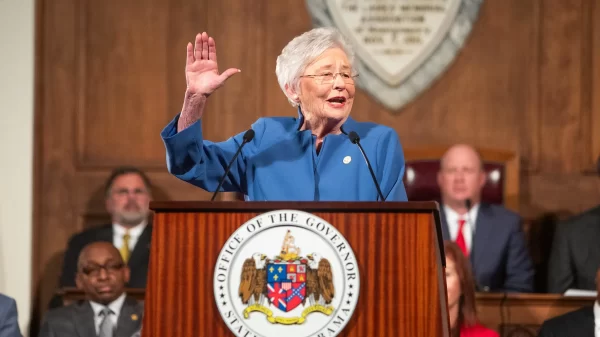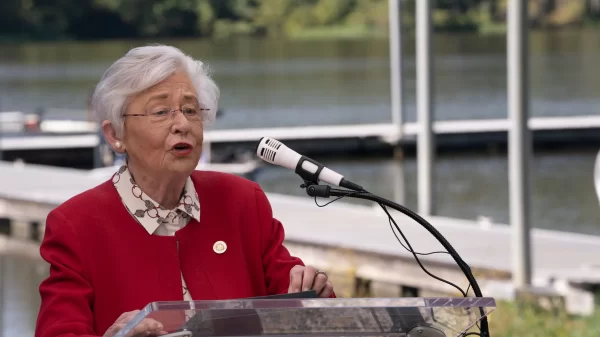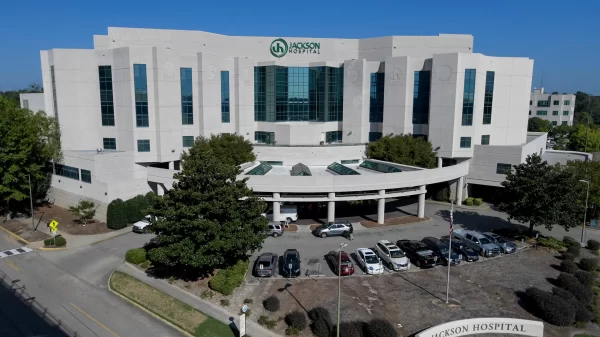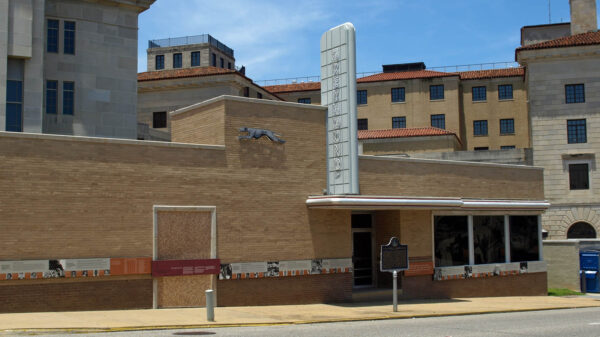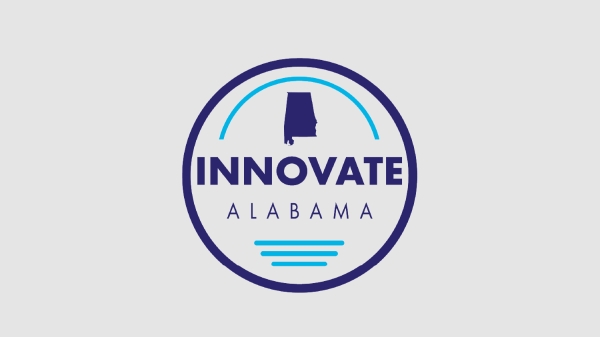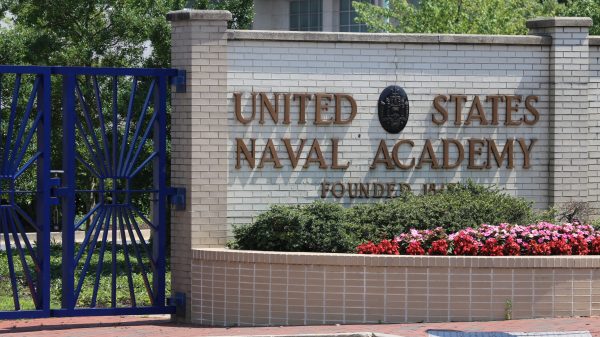All charter school applications must be evaluated by a qualified entity before action by the state charter school commission. From the outset, this was done by the National Association of Charter School Authorizers based in Chicago. Today, it is being done by the Auburn Center for Evaluation, a part of the Auburn University College of Education.
The NACSA report for Woodland Prep, dated May 7, 2018, “takes no prisoners” — so to speak. Let’s just say that had the evaluation been your report card in the fifth grade, you would have dreaded your mother seeing it.
The review concentrated on three major areas: Education Program Design & Capacity; Operations Plan & Capacity and Financial Plan & Capacity. Grades given are: Meets the Standard; Partially Meets the Standard and Does Not Meet the Standard.
Woodland Prep got Partially Meets the Standard in all three areas. This score is defined as: “The response meets the criteria in some respects, but lack detail and/or requires additional information in one or more areas.”
The Executive Summary of the NACSA review plainly says under Recommendation: DENY. And the first line of the Summary Analysis says: “The Woodland Preparatory proposal does not meet the standard for approval.”
Now you see why you don’t want mother to see that report card.
Other comments from the evaluation:
“Woodland Prep’s educational plan does not constitute a rigorous, quality instructional design that ensures students will meet or exceed standards, particularly in high school.
The most significant concern is related to its engagement of Unity School Services. The application includes limited information about USS, its performance track record, or its capacity to support Woodland Prep. The proposal does not address what other organizations were considered, how USS was selected or a plan for holding the ESP accountable. Applicant was not able to sufficiently address these critical aspects during the interview, which raises significant concerns about the ability of the ESP agreement.
No information is provided about its fundraising track record. This is a concern, as the applicant’s plans include raising $500,000 to launch the school and secure its facility.
The educational plan is particularly insufficient as it relates to high school. The applicant acknowledged that offering AP classes in such a small high school will be a financial challenge, and did not offer more than an assurance that it would be able to do so. The plan also does not address plans for pre-kindergarten, despite enrolling Pre-K students beginning in Year 1.”
The document goes on like this for several pages, raising concerns about staffing, facilities, financing and even a loan rate of nine percent and fundraising capacity. For instance, it says: “The board did not provide evidence of its fundraising or track record or capacity, nor did the application include letters of interest or support from potential donors.”
Something that caught my eye was the statement that the school would be located on a piece of land costing $100. However, the Corrective Warranty Deed shows Woodland Prep actually paid $91.000 for the property they are now grading.
All of which brings us to the $64,000 question. With this information at hand, how the devil did the charter school commission vote 7 to 2 to approve this application?
And when will the Montgomery bureaucrats ask questions and find out just what went on?





